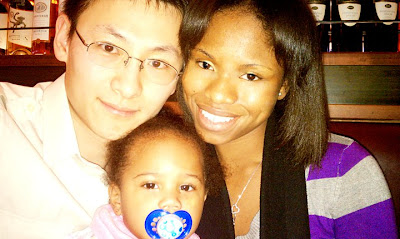Chưa phân loại
Accommodating East Euro Women
East Western european girls have made background, but inspite of their achievements, they are nonetheless a long way by full equality. That they remain underrepresented in politics and public life, have few rights on the job and are typically subjected to assault and discrimination.
East Europe’s history of women’s movements date ranges returning to the 1860s, when women began challenging economic, public and personal legal rights. Their goals were to break the traditional gender roles that molded society and create new opportunities for them, both professionally and personally.
During slovenian women dating European countries, women’s movements have led to important advancements in the region’s economic and cultural development. They have fought just for better pay off, safer functioning conditions and a fairer voting system, but their fights have not ended presently there.
In the years subsequent WWII, the female rights activities across Central and Asian Europe (CEE) gained ground. These types of women, like Jessica Olympe de Gouges and Joan of Arc, struggled for equality and were willing to take on a lot of difficulty in the name of their cause.

Many women in CEE had to fight for being recognized as fully equal with men ~ as well as for the most portion, this was completed through legal means. However, the legacy of communism leaves a profound impression on ladies in the region.
As women become more mixed up in world of politics, they need to be backed in their work to achieve higher equality. The EU can perform a crucial role in helping CEE women develop strong, implementable gender regulations. But it should also be associated by home-based dynamics and bridal by ladies in their communities to create these policies truly transformative.
Grassroots, feminist goingson is essential in creating meaningful transformation on the local level in CEE. It is a essential part of the EU’s gender technique and offers played an important role current EU decisions such as quotas, male or female budgeting and mixed ballot lists.
But while the EU is an essential force to promote these changes, it can’t be the sole driver of them reforms. It’ll need to be registered with by governments, NGOs and ladies themselves to ensure that the expectations happen to be met and the fact that progress is not merely a assumptive exercise in Brussels.
In addition , the EU ought to help CEE countries to develop their particular domestic agendas on gender. These types of must echo their own thoughts for gender equal rights and include the expectations regarding https://www.dailymail.co.uk/femail/article-5283243/19th-Century-images-capture-brave-interracial-couples.html the roles of ladies in modern culture.
These domestic discussions are what will eventually bring about transform on a countrywide and intercontinental level. But they will only be effective whenever women will be engaged in their particular local organizations, and if you can find strong, enforceable male or female policy in place that reflects many expectations.
This kind of local engagement is the foremost way to develop a new, organic narrative on European issues that includes women’s dreams and hopes for equality within their regions. This is certainly done through a number of tools, which include quotas and mixed ballot lists, which should be implemented simply by governments and accompanied by strong local advocacy to get results in gender equality.
